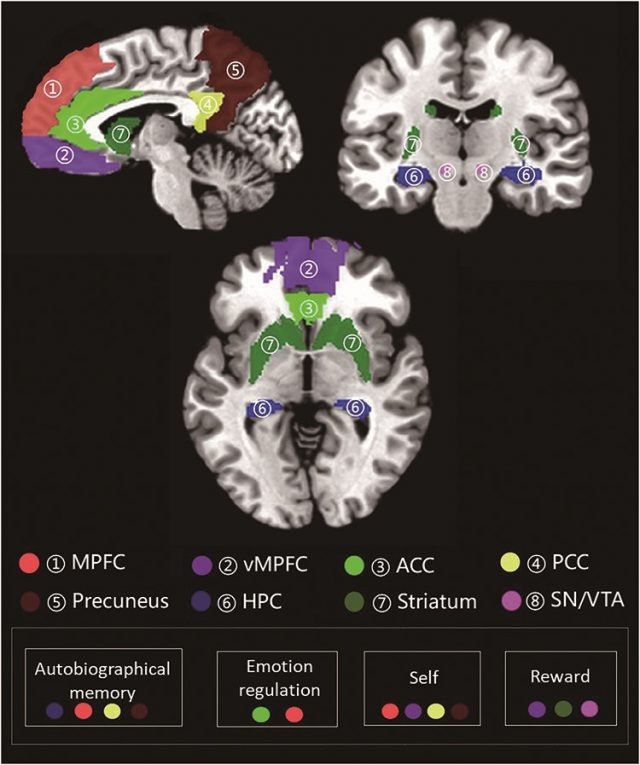This post is also available in Dutch.
A couple months ago, my father passed away. Ensuing weeks were filled with bouts of reminiscing: Uncles salvaging echoes of memories, my sister yearning for the father she knew as a child, and my mother—a grieving storm of nostalgia. People across all ages and cultural backgrounds can experience nostalgia several times per week. Groups of friends often sentimentally muse on bygone eras of the good old days. There is even a Spotify music playlist and an IMDB movie list solely dedicated to this feeling. What is the purpose of wallowing in our memories? Can personal or group nostalgia help or harm us?
Nostalgia is a bittersweet, mostly positive emotion involving a longing reflection on meaningful events or persons from one’s past. Akin to selective memory, it is a biased idealization of the past. Its effect (e.g., reminiscing and smiling, or reminiscing and becoming sadder) thus depends on one’s current motivation and mental state, as well as the people around who share in the nostalgia. Healthy group nostalgia is positive and pro-social, reconnecting people to their past and present. This feeling can be infectious if group members share a common bond but can divide if members do not share similar experiences.
Nostalgia is multisensory and processed in different brain regions
People feel nostalgic when they think that something is missing or that they have lost purpose and meaning, usually during times of change. Several behavioral studies have found that nostalgia can be triggered by objects, events, or people from one’s past, music or songs, photographs, as well as odors and food. Most neuroscientific studies have used functional magnetic resonance imaging in which participants experience a nostalgic stimulus (e.g., a song, a scent, a photo, or an event) during an imaging session and researchers then analyze which brain regions become active after the stimulus. Rather than being specifically related to a single distinct brain region, the nostalgic feeling likely involves different interacting regions responsible for core components of nostalgia: self-reflection, autobiographical memory, emotion regulation, and reward. Though the threat of change is stressful, nostalgia comforts and reminds us that, despite the future’s unpredictability, we know who we are and who we have been.

Nostalgia is a way to cope with stress
Nostalgia in the form of neural activity in multiple brain structures suggests a potential avenue for nostalgia-based therapy or treatment for emotional and memory dysfunctions. Because nostalgia is a stress-coping mechanism, it can be used to improve psychological well-being. From enhancing social connectedness and self-esteem, to providing comfort in the face of mortality, nostalgia has many documented beneficial functions. Nostalgia is not about being stuck in the past but is a way of remembering the meaning and value of our lives. It helps us find the motivation and optimism to face the challenges of the future.
Author: Christienne Damatac
Buddy: Floortje Bouwkamp
Editor: Ellen Lommerse
Dutch translator: Wessel Hieselaar
Translation Editor: Brittany van Beek
More stuff on nostalgia:
Podcast
- “Does nostalgia have a psychological purpose?” on Speaking of Psychology, American Psychological Association (https://www.apa.org/news/podcasts/speaking-of-psychology/nostalgia)
- “The Nostalgia Bone” on Throughline, National Public Radio (https://www.npr.org/2021/10/13/1045812865/the-nostalgia-bone)
Video
- “Why do we feel nostalgia?” by Clay Routledge on TED-Ed (https://youtu.be/WiTgn5QH_HU)
